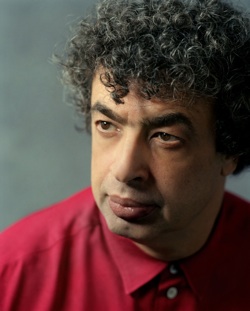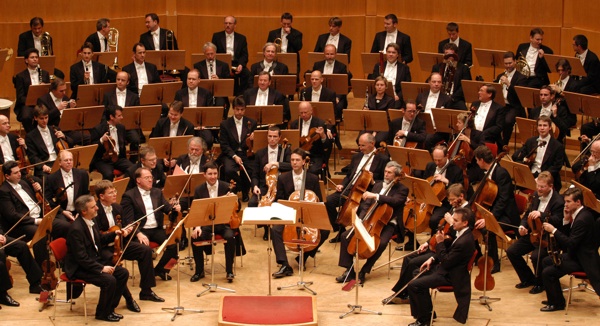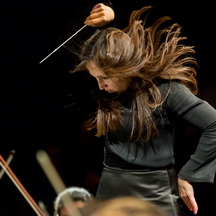
A taste of European mastery
Cal Performances, under the forward-looking directorship of Matías Tarnopolsky, is bringing the Vienna Philharmonic to Berkeley’s Zellerbach Hall for three concerts this weekend, February 25-27. This residency, which will include workshops for UC music students, is the first time that prestigious symphony has visited here in a generation.
They will be led by guest conductor Semyon Bychkov— since 1933 the conductors of this democratic orchestra have all been guest conductors. Bychkov, a renowned conductor who has worked with many other great orchestras, was described as “burnishing” the sound of the Vienna Philharmonic.
The unique sound of this orchestra may result from their instruments, which the Philharmonic—not the individual musicians—own. That signature sound, described as silken strings and clarity of winds, is part and parcel of the orchestra that premiered Brahms and Wagner, and that Gustav Mahler himself led for three years. Great interest is building here for their genuine interpretations, and for their final Sunday concert, when they will perform Mahler’s Symphony No. 6. That huge work ranges from the sternly martial to the exquisitely romantic.
Most popular in their hometown of Vienna, sets of subscription concert tickets are on a waiting list of six years for weekday concerts and 13 years for weekend! So the opportunity to see them here is exciting.
The first program, Friday night, includes Schubert’s lively Symphony No. 2, written with remarkable maturity at the age of 18. Then comes Wagner’s Prelude and Liebestod based on his opera Tristan und Isolde, a work whose massive brass and yearning phrases revolutionized European music.
That concert ends with Bartók, whose Miraculous Mandarin so outraged the censors that it was closed after one night. The shocking script may also have been a convenient excuse for those unaccustomed to the darkness of the music, which Bartok composed after World War I. His bizarre plot speaks to the death of innocence in an age when none dared refer to their mutual culpability. His music mirrors the harshness of that new machine age, with trombones blatting ugly truths, a Kokoschka-like portrait.
Saturday’s concert reveals the romantic and the gracious: Robert Schumann’s torrid and tormented Symphony No. 2 in C Major and Brahms gentle Symphony No. 2 in D major.
New York Philharmonic conductor Alan Gilbert described that Schumann work as “an autobiography” in his video blog.
“It’s real confessional for Schumann, and contains three elements: the spiritual ideal, represented by the brass, the feminine ideal, represented by the winds. And then there is Schumann himself, represented by the strings… The slow movement is one of the most beautiful slow movements ever written.”
And then Sunday’s finale! Mahler’s Symphony No. 6 is indeed tragic, full of bombast and the side drums of war. The large and uncomfortable intervals, sharp ostinatos, and repeated downward gestures create a palpable tension.
But these three concerts are only the public face of this unusual residency. There will also be coaching sessions of the viola, cello and brass sections of the UC Berkeley Symphony Orchestra by members of the Vienna Philharmonic.
And from 10:00 a.m. to 12 noon on Saturday, Feb. 26 they will host a strings section master class, a free event that the public is welcome to observe.
Tickets and information are available at www.calperformances.org

—Adam Broner
This article originally appeared in the Piedmont Post. Photo top of guest conductor Semyon Bychkov, photo by Sheila Rock. Photo bottom of the Vienna Philharmonic by Terry Linke.
